Optimal Timing for Poison Ivy Removal
Determining the optimal timing for Poison Ivy Removals is essential for effective and safe eradication. The best period typically aligns with specific growth cycles and environmental conditions. Timing can influence the ease of removal and the likelihood of regrowth.
Early spring is ideal for removing Poison Ivy before it fully leafs out, reducing the risk of allergic reactions and making removal easier.
This period allows for removal after the plant has matured but before seed dispersal, helping prevent spread.
In winter, Poison Ivy is dormant, which can make removal less effective due to brittle stems, but it can be a good time for inspection and planning.
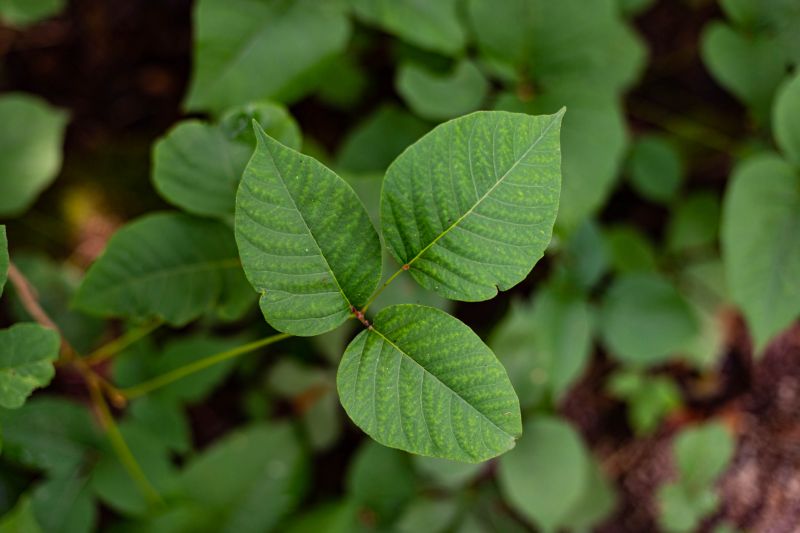
Poison Ivy begins to grow and leaf out, making early removal possible.
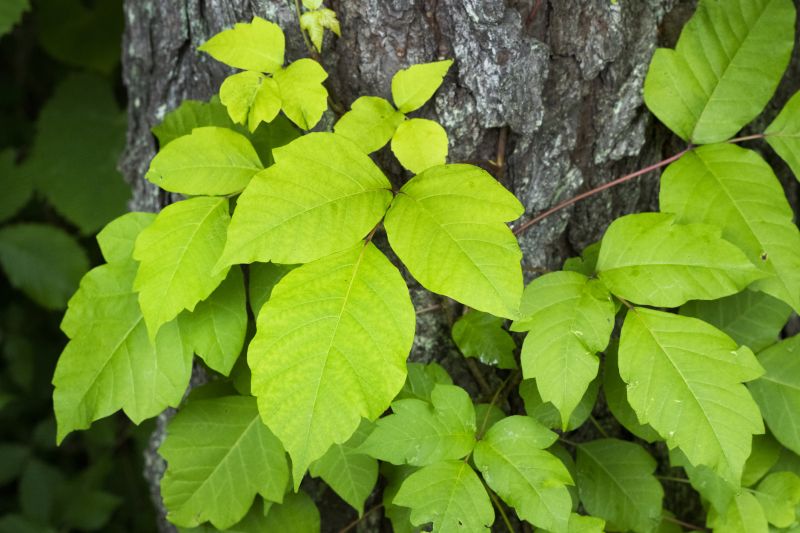
Fully grown Poison Ivy with dense foliage, ideal for targeted removal.
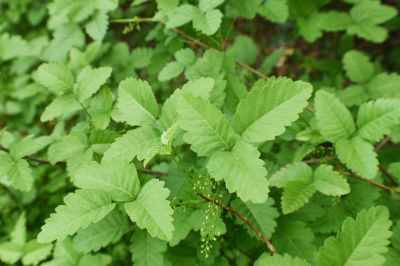
Dormant Poison Ivy with brittle stems, suitable for inspection and planning.
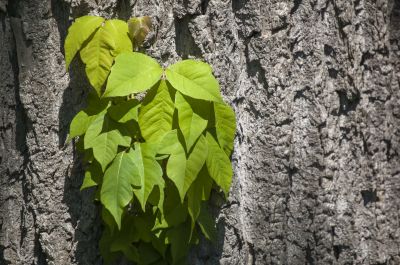
Ways to make Poison Ivy Removals work in tight or awkward layouts.
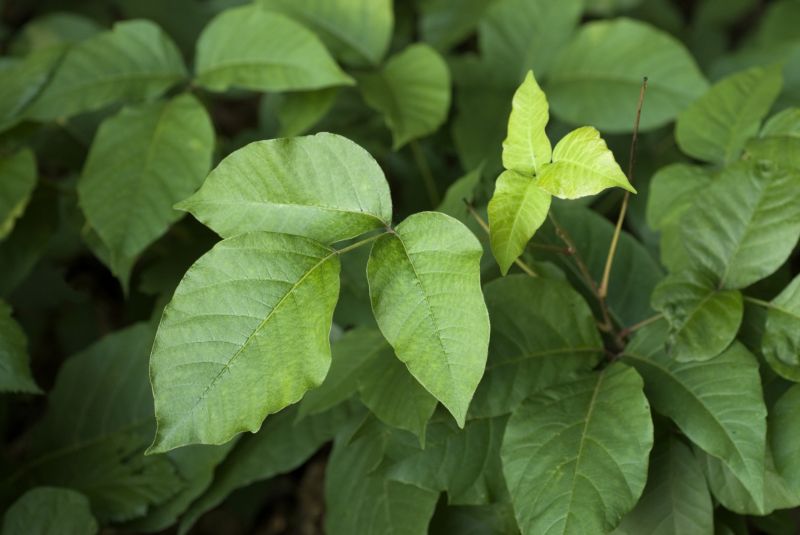
Popular materials for Poison Ivy Removals and why they hold up over time.
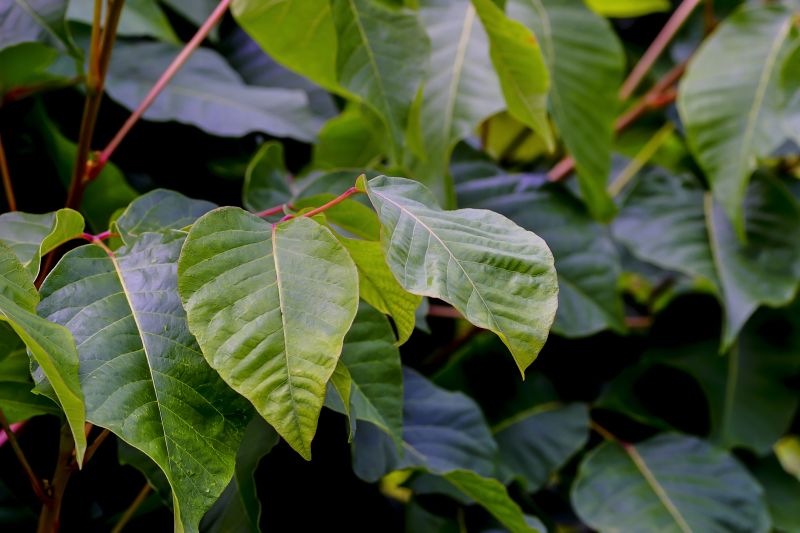
Simple add-ons that improve Poison Ivy Removals without blowing the budget.
| Season | Optimal Timing for Poison Ivy Removals |
|---|---|
| Spring | Best time to remove before leaf-out for easier eradication. |
| Summer | Effective after full growth, with ongoing control. |
| Fall | Prevents seed dispersal, good for late-season removal. |
| Winter | Dormant stage, suitable for inspection and planning. |
Poison Ivy removals require understanding of plant growth cycles and environmental factors. Proper timing ensures the most effective removal and minimizes the chance of regrowth. Spring and fall are generally considered the most effective seasons for removal efforts, with early spring offering the advantage of easier eradication before the plant fully leafs out.
Statistics indicate that early intervention during the spring can reduce the need for multiple removal sessions by up to 50%. Additionally, removing Poison Ivy before seed dispersal in fall helps prevent future infestations. Proper timing combined with appropriate removal techniques ensures long-term control of Poison Ivy growth.

New growth emerging, ideal for early removal.
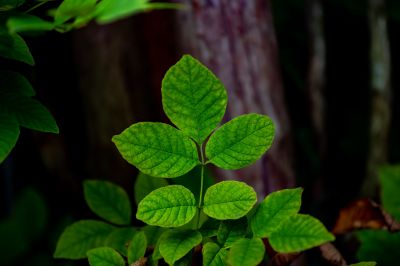
Mature plants with dense foliage.
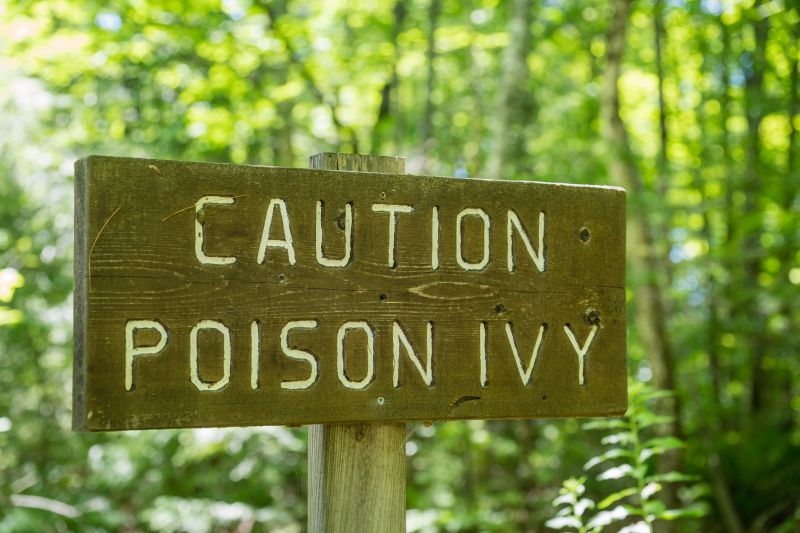
Plants preparing for seed dispersal.
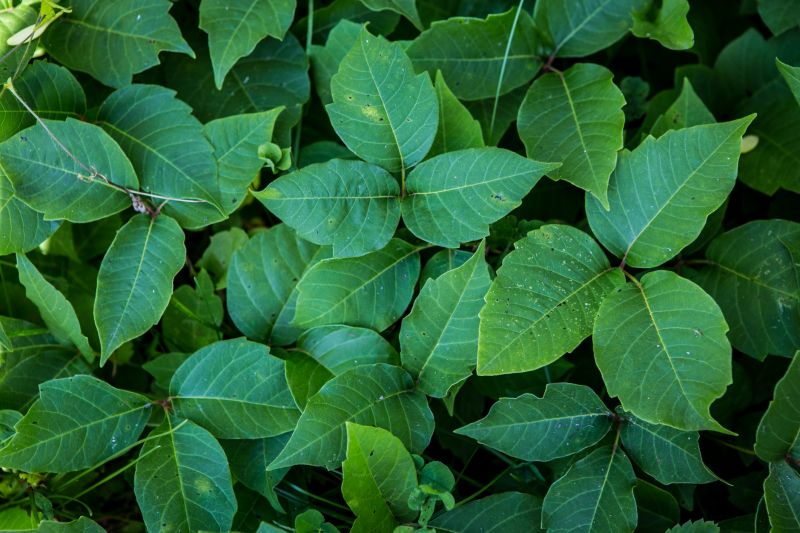
Dormant and brittle stems for inspection.
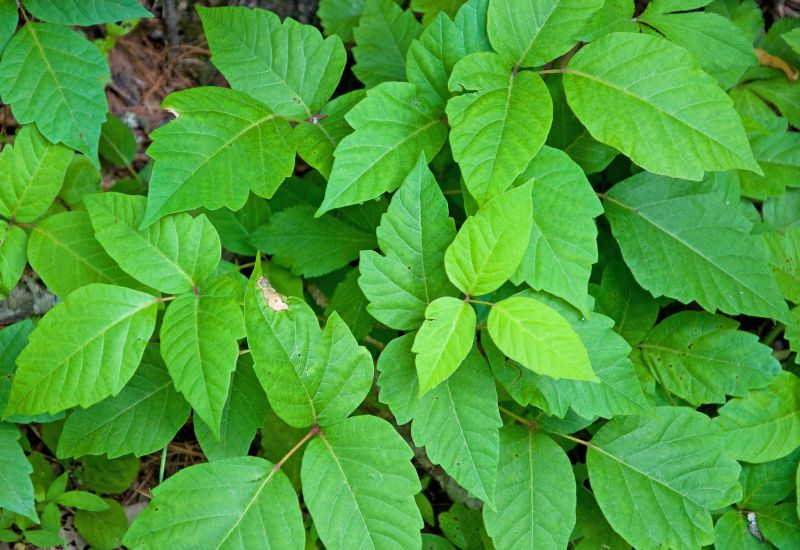
High-end options that actually feel worth it for Poison Ivy Removals.

Finishes and colors that play nicely with Poison Ivy Removals.
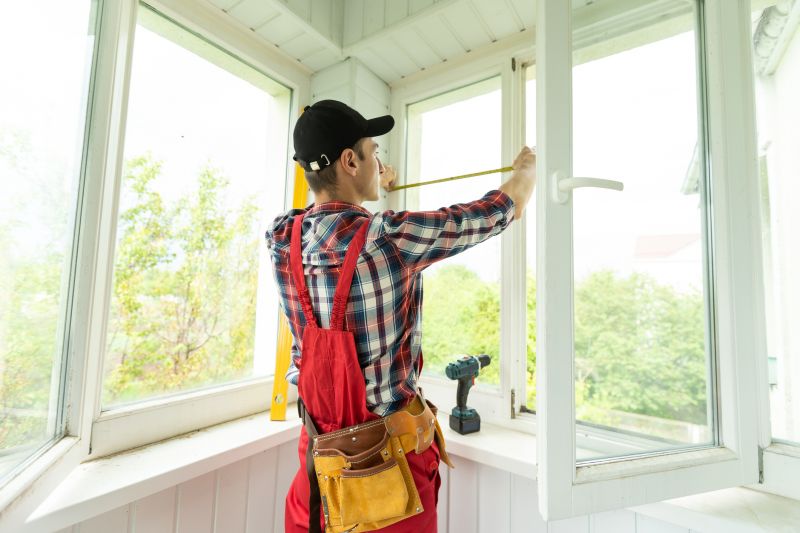
Little measurements that prevent headaches on Poison Ivy Removals day.

A 60-second routine that keeps Poison Ivy Removals looking new.

A frequent mistake in Poison Ivy Removals and how to dodge it.

Small tweaks to make Poison Ivy Removals safer and easier to use.
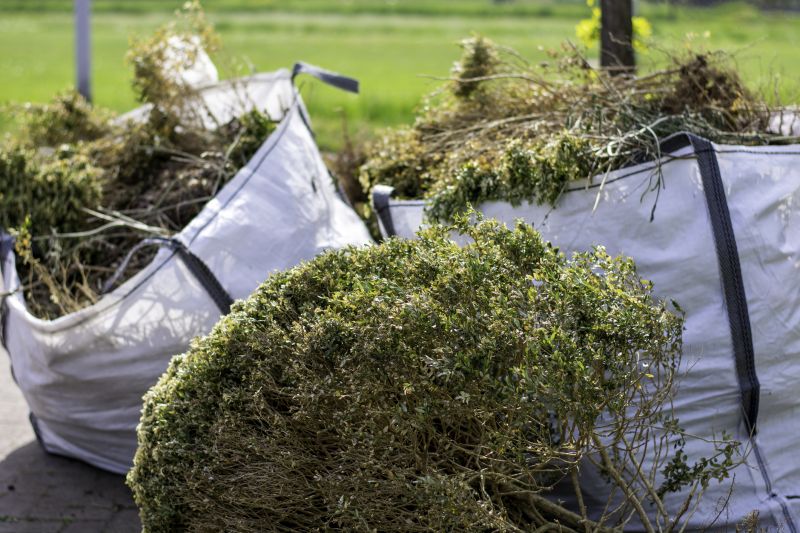
Lower-waste or water-saving choices for Poison Ivy Removals.

The short, realistic tool list for quality Poison Ivy Removals.
Interested in removing Poison Ivy effectively? Filling out the contact form can provide more information and assistance tailored to specific needs and timing considerations for Poison Ivy Removals.



